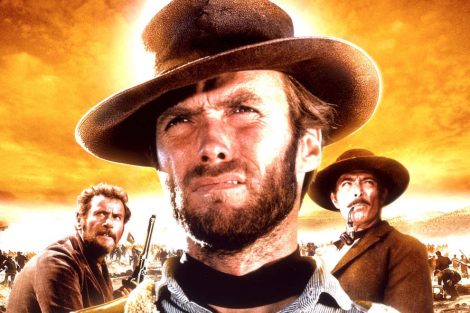Fabricated stories favoring Donald Trump were shared a total of 30 million times, nearly quadruple the number of pro-Hillary Clinton shares leading up to the election, according to Stanford economist Matthew Gentzkow. Even so, he and his co-author find that the most widely circulated hoaxes were seen by only a small fraction of Americans.
Of all the heated debates surrounding the 2016 presidential race, the controversy over so-called “fake news” and its potential impact on Donald Trump’s victory has been among the fiercest.
Now there’s concrete data proposing that false news stories may not have been as persuasive and influential as is often suggested. But the economists behind the research do not conclude one way or the other whether fake news swayed the election.
In their study, Gentzkow and Allcott analyzed three sets of data. The first tracked the amount of traffic on news websites that was directed by social media. The second examined the top fake news stories identified by BuzzFeed and two prominent fact-checking sites, Snopes and PolitiFact. The third consisted of the researchers’ own post-election online survey of 1,200 voters.
Gentzkow and Allcott show that social media wasn’t the major source of political news for most Americans in 2016; only 14 percent say they relied on Facebook and other social media sites as their most important source of election coverage.
See more…











